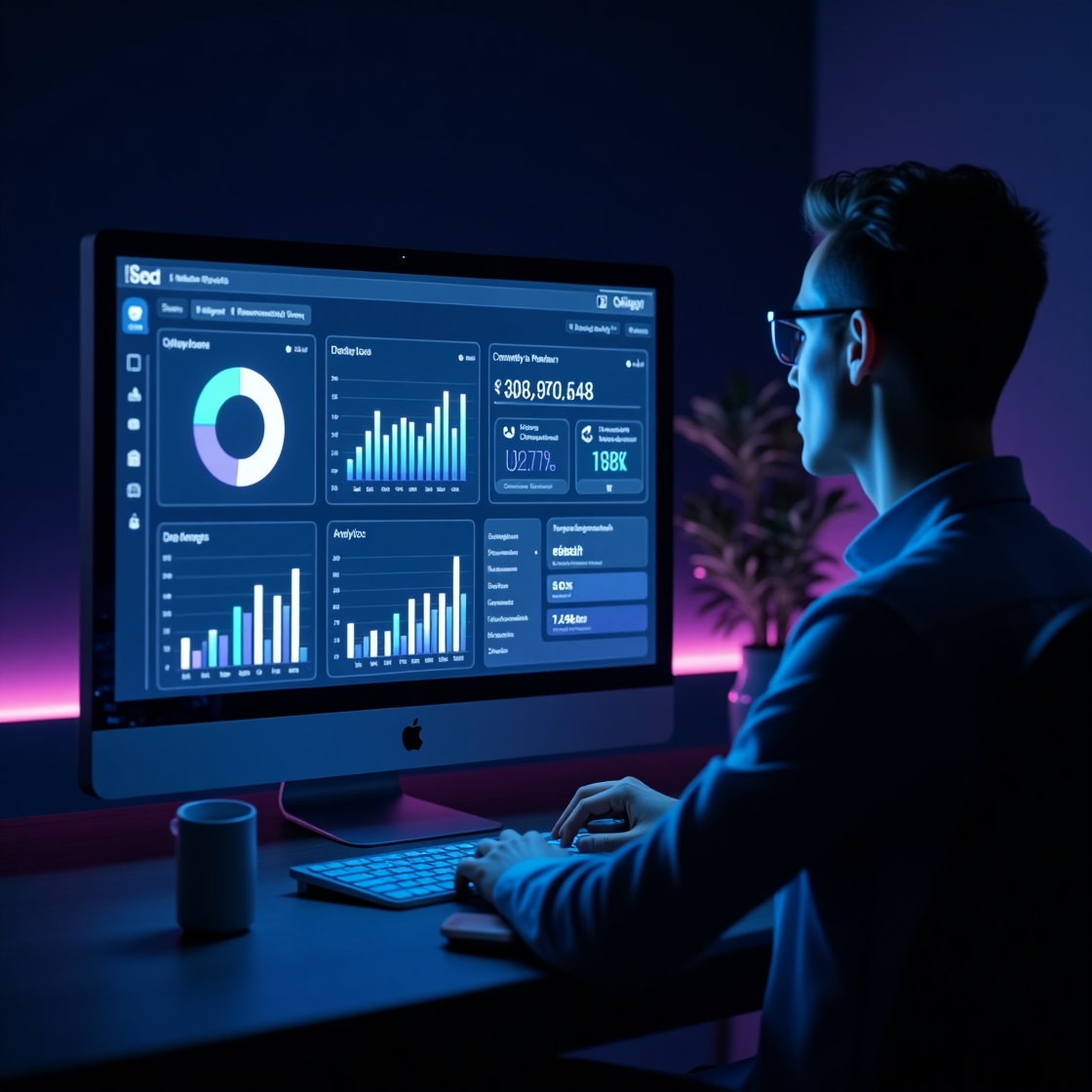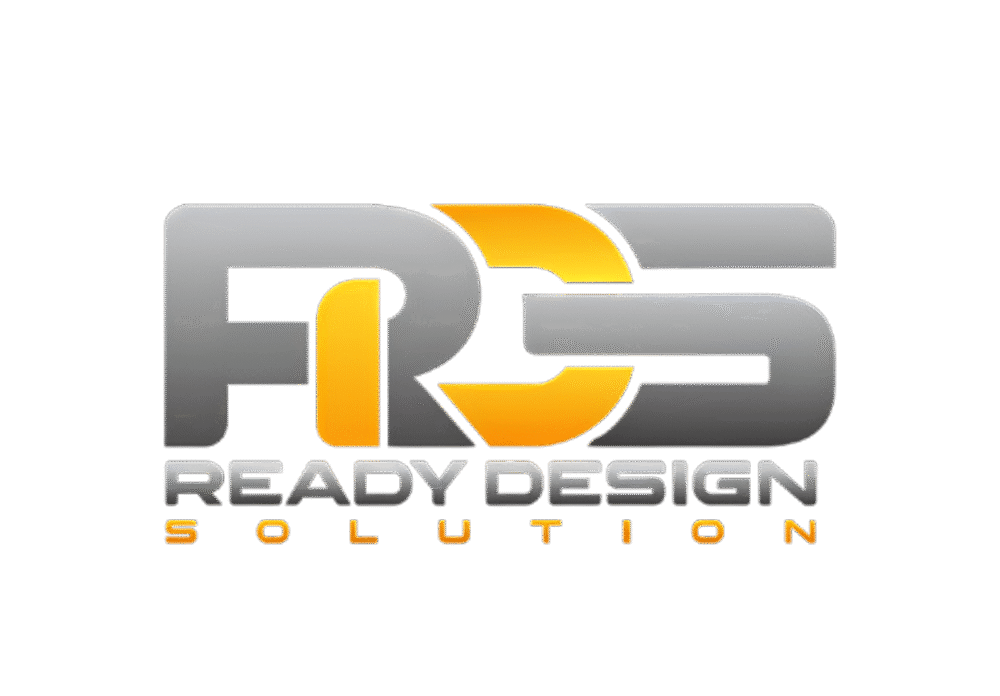
Websites aren’t just static brochures anymore. The time has come for AI-powered web design. It changes. Websites aren’t just static brochures anymore. The time has come for AI-powered web design. It changes how businesses interact with visitors, share content, and get people to buy things. Smart websites can change in real-time based on what users want, how they act, and what they want to do. This makes for smooth experiences that help digital marketing work.
In this blog, we’ll discuss AI-powered site design, how it works, and why it’s a big deal for digital marketers.
What does it mean to have AI-powered web design?
Web design that uses AI adds innovative and dynamic features to websites using AI, machine learning, and automation tools. AI lets websites have more than just a “one-size-fits-all” interface:
Change the information and layout based on where the user is, what they are doing, or what device they use. Learn how people engage with your site to make it easier and more accessible.
To sum up, smart websites think and change to meet the needs of their users without constantly having to be updated.
Important AI Features Changing Web Design in 2025
Let’s look at the AI features that make these new digital experiences possible:
Dynamic UX Personalization: AI tools look at user data (such as how long they spend on the site, what they’ve done in the past, and where they are) and update the homepage, deals, or product suggestions in real time. For instance, an online retailer might present winter clothes to a visitor from New York and summer clothes to someone from Miami, all without any help from a person.
2. Use predictive analytics to boost conversions. AI can guess what visitors will do next by looking at how they have used the site. It can show appropriate CTAs, recommend content, or start chatbot help, which cuts down on drop-offs and boosts revenues.
Automated Design Optimization AI-powered systems like Wix ADI or Adobe Sensei make A/B testing even better. They automatically evaluate colours, layouts, buttons, and headlines and change designs immediately to get the most outstanding results.
Chatbots and virtual assistants that use AI are now included on websites. Conversational AI answers questions and helps people through sales funnels, makes appointments, or suggests content, all tailored to each visitor.
Why Digital Marketers Should Care, in 2025, AI-powered site design isn’t just a nice-to-have; it’s a must-have for digital marketing teams that want to:
Get more people to interact: Personalized, responsive websites keep people on the page longer. Increase conversion rates: AI-optimized CTAs and layouts lower bounce rates and abandonment. Streamline content delivery: Marketers can focus on strategy while AI does the hard work of testing and optimizing. Smart websites can work with social ads, email marketing, and CRMs to create seamless customer experiences across all channels.
How to Start Using AI for Web Design: Use platforms with AI functionality, like Wix ADI, Squarespace Fluid Engine, or headless CMS technologies like Contentful with AI plugins.
Use AI-driven personalization engines like Optimizely, Dynamic Yield, or Adobe Target to create personalized experiences for many people.
Use platforms like Drift, Intercom, or ChatGPT API to add AI chatbots and assistants.
Put money into analytics and AI insights to ensure you’re constantly gathering and using data to improve things.
What will happen next with AI and web design?
We will probably see by the end of 2025:
Individualized experiences, where no two people see the same site. More use of AR/VR to make shopping or service environments feel real; AI creates micro-sites and landing pages on demand based on the campaign’s aims.
Last Thoughts
If you want to be competitive in the digital world of 2025, your website must be more than just a “digital shopfront.” It should be a platform that is alive, learning, and using AI to work with your digital marketing plan to get results.
Last Thoughts
It’s time to think of your website as more than just a “digital shopfront” if you want to be competitive in the digital world of 2025. It should be a platform that is alive, learns, and uses AI to work with your digital marketing plan to get results.
